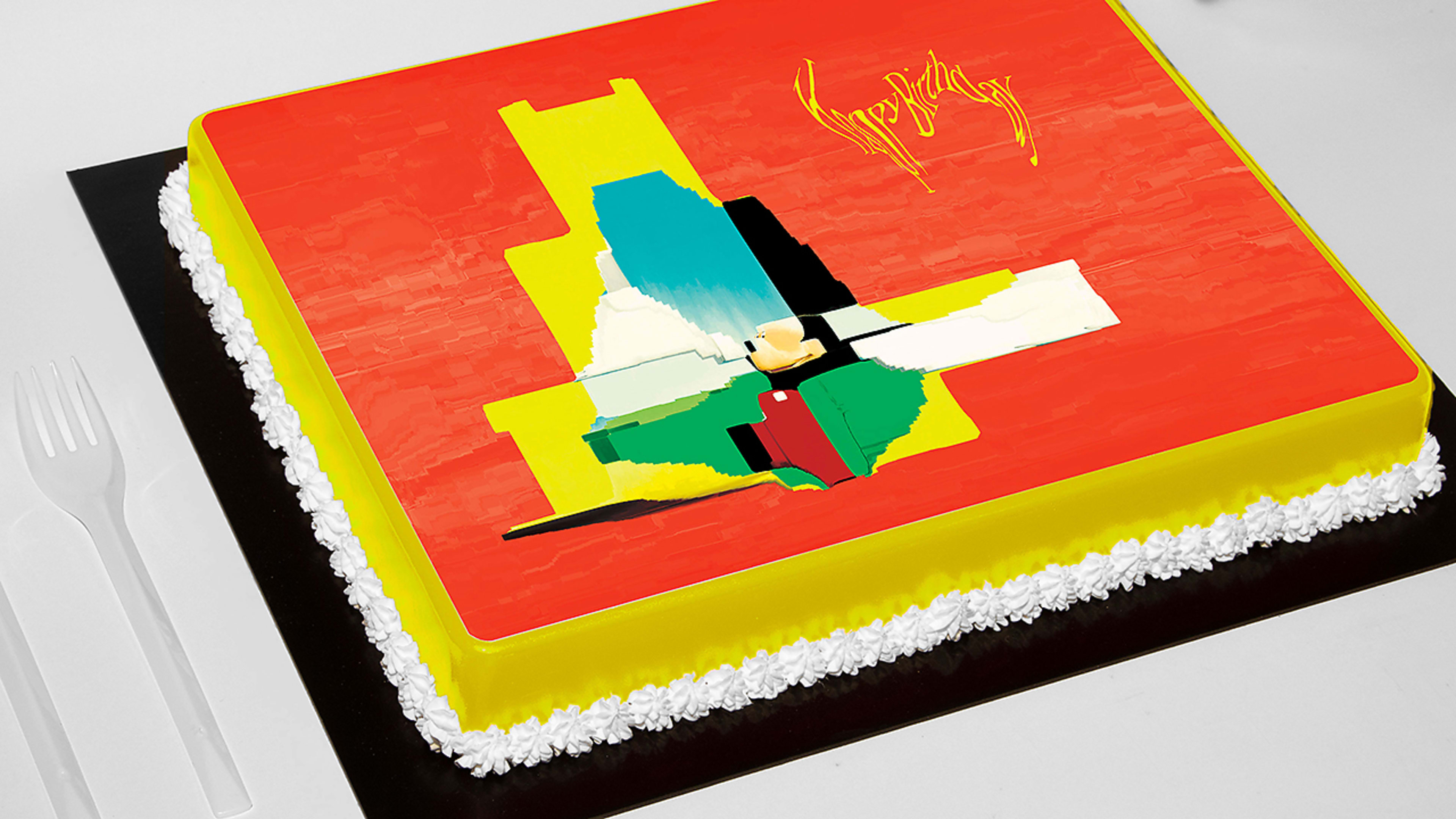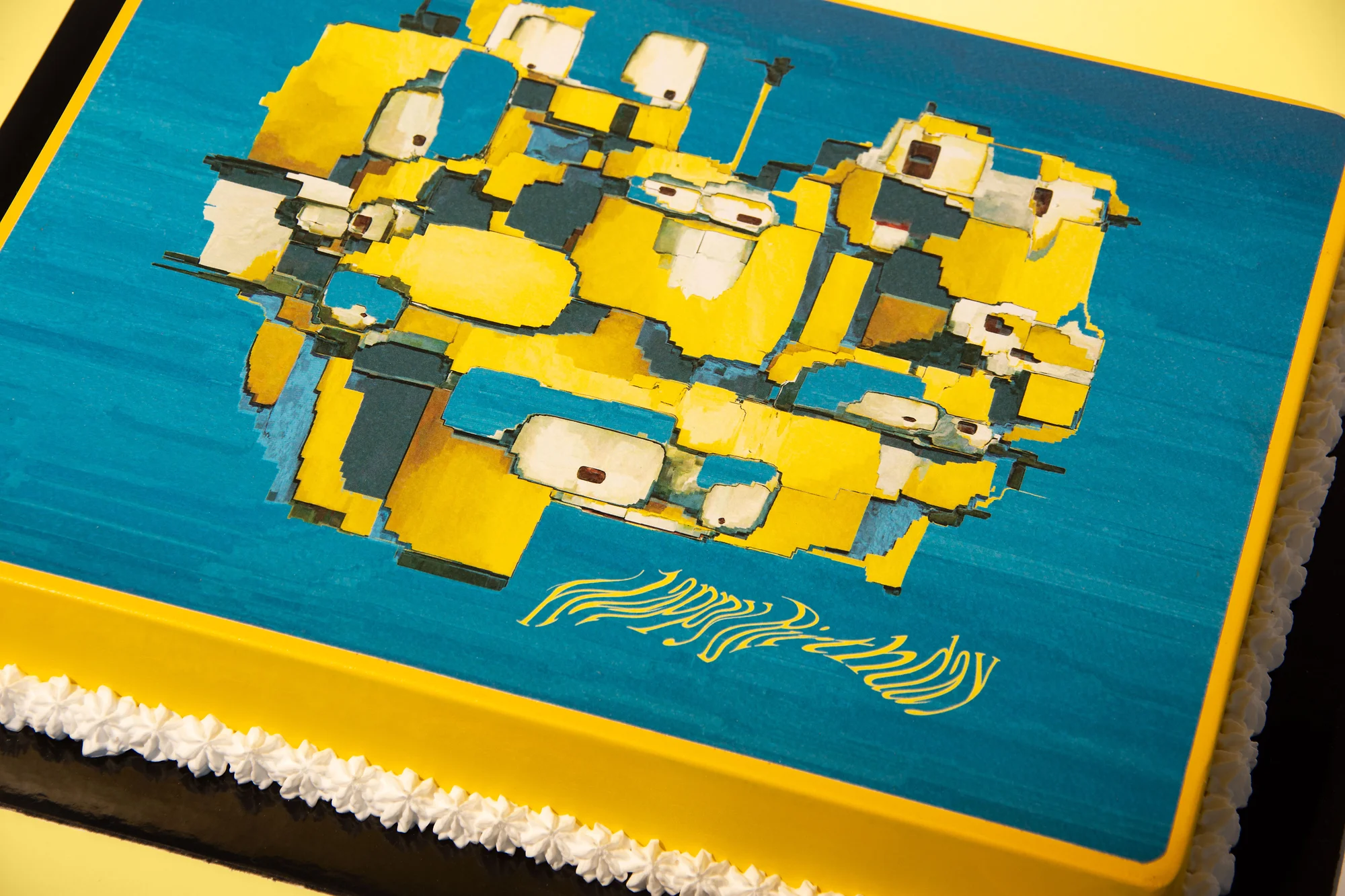Earlier this year, the European Union passed a controversial copyright law that will force platforms like YouTube and Facebook to regulate the unlicensed use of copyrighted material. That means, in theory, that any use of a popular fictional character—like Spider-Man or Elsa from Frozen—in a video or photo that’s not directly approved by the company that owns it, like Disney, would need to be taken down.

According to graphic designer Fabian Mosele, this creates a somewhat draconian future for creators on the internet, who often remix elements of popular culture. It could even mean that people wouldn’t be able to share videos or photos of a child’s birthday if the Minions are printed on top of their cake without an algorithm flagging their photo for unlicensed copyrighted material.
To critique the law, Mosele designed a series of children’s birthday cakes with distorted versions of copyrighted characters as part of a speculative project called Copyright Proof Cakes. Each design has been altered to deceive the algorithm that YouTube currently uses to detect copyrighted material: Rather than the Minions being jolly little yellow blobs with big eyes and blue pants, a whole group of them looks like a piece of abstract glitch art that barely resembles the characters—eyeballs are attached to different parts of a yellow-and-blue mass with Picasso-esque randomness.

With the new regulation now in place, member states of the EU will have until 2021 to create their own laws and figure out how to enforce them. The most likely way to do so is through upload filters—algorithms that would assess each photo for copyright information. While it’s still unclear how this would work, Mosele analyzed one of the most advanced copyright detection algorithms on the web right now: Content ID. The algorithm, which was created by YouTube, uses a database to which copyright owners have uploaded their video and audio works. Content ID compares newly uploaded videos to this database, flagging new videos if they match too closely. Then YouTube presents the copyright owner with the choice to block the video, track its statistics, or place ads in front of it.
According to Mosele, the algorithm is much hated among YouTube creators.
“This algorithm has been criticized by the YouTube Community for flagging the wrong videos, stealing their monthly earnings and even blocking channels, showing how Content ID can’t precisely make the right choice,” he tells Fast Company via email.
To show the limits of the system, Mosele distorted each birthday cake image enough to make sure that Content ID wouldn’t be able to identify it. “By altering the media in some ways, it becomes unrecognizable to the system, like adding noise, manipulating the pitch or the speed,” he says—even though the images are so iconic that they’re still pretty recognizable to humans.
After the EU law goes into effect, this is one way that creators might get around the upload censors, finding new ways to express themselves by referencing that ever-present lingua franca of the internet: pop culture.
Recognize your brand’s excellence by applying to this year’s Brands That Matter Awards before the early-rate deadline, May 3.








